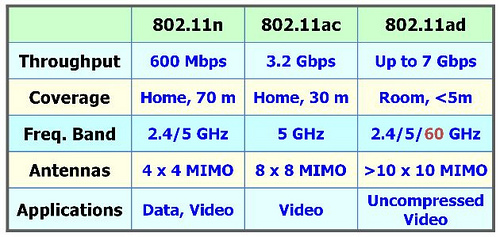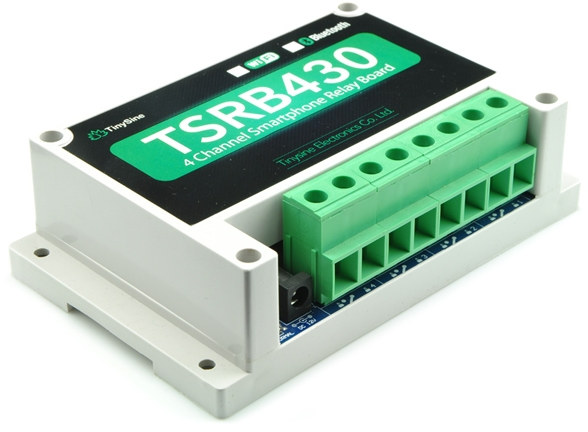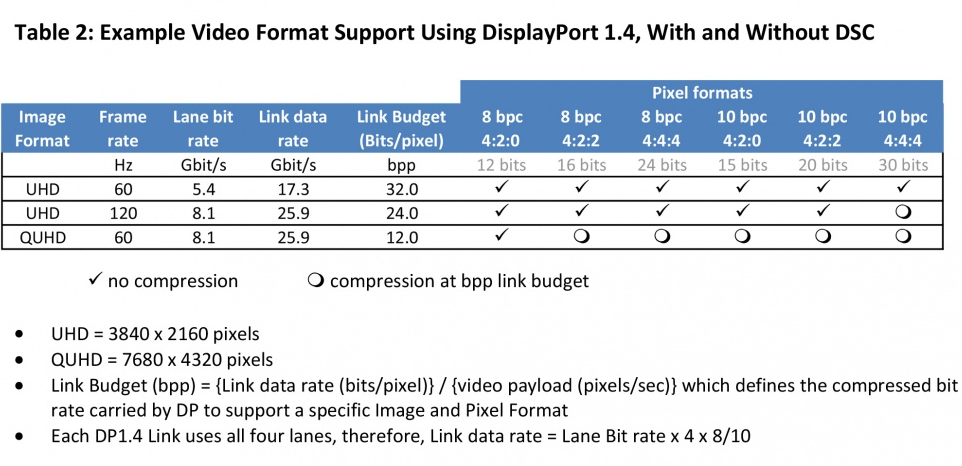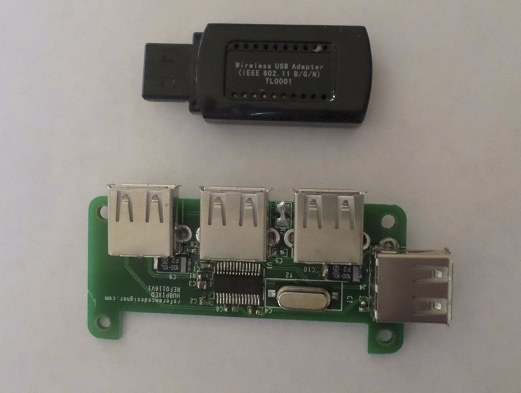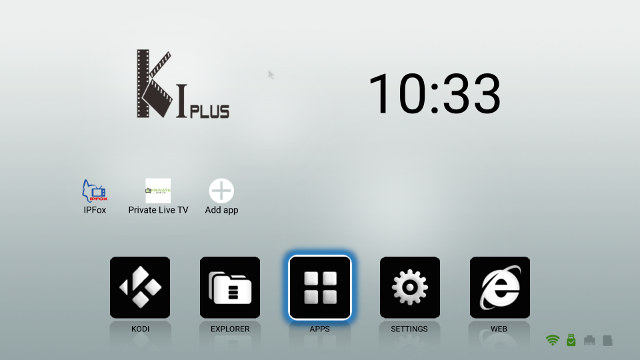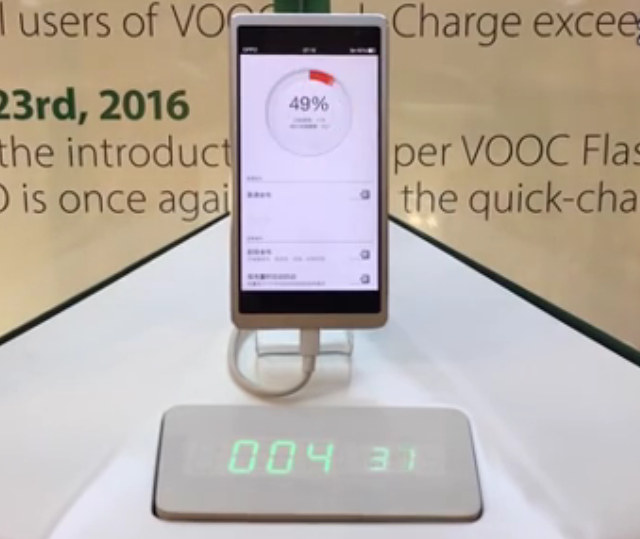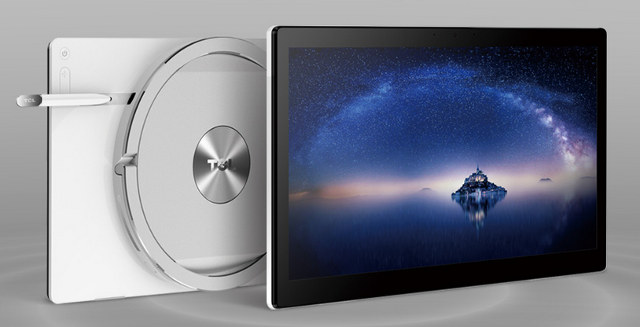802.11ad is the latest and fastest WiFi standard working in the 60 GHz band and delivering up to 7 Gbit per second data transmission rates. The 60 GHz frequency band offers both advantages and disadvantages because it does not penetrate through walls nor water, meaning it can only be used within a room limiting the range, but at the same time it’s more secure since it cannot be snooped from the outside, and for people who worry about health effects it does not penetrate the human body. 802.11ad routers will also be able to switch to 2.4 and 5.0 GHz frequency bands in order to go through walls. The table above nicely summarize the key features of 802.11ad over 802.11ac and 802.11n, however the throughput row shows the theoretical maximum throughput, but in practice, using 802.11ac as example, clients are often limited to 433 or 866 Mbps, and distance and […]
Embedded Linux Conference 2016 and OpenIoT Summit 2016 Schedule
The Embedded Linux Conference 2016 and the OpenIoT summit 2016 will take place on April 4 – 6, 2016 in San Diego, California, and over 800 attended will meet including kernel & system developers, userspace developers, and product vendors. The Linux Foundation has recently published the schedule, so I’ve had a look at some of the talks, and designed my own virtual schedule to find out more the current development focus although I won’t attend. Monday April 4 10:40am – 11:30am – Linux Connectivity for IoT by Marcel Holtmann, Intel OTC There are many connectivity solutions that available for IoT. For example Bluetooth Low Energy, 802.15.4, Zigbee, OIC, Thread and others. This presentation will provide and overview of the existing technology and upcoming standard and how they tie into the Linux kernel and its ecosystem. 11:40 – 12:30 – BoF: kernelci.org: A Million Kernel Boots and Counting by Kevin Hilman, […]
TinySine Bluetooth, WiFi and USB Relays Come with an Optional Enclosure, Support Android and iOS Smartphones
It’s now fairly easy to find the hardware to create WiFi or Bluetooth controlled relays, but you usually have to design your own enclosure and Android app, and if you’d like something that’s ready to use out of the box TinySine wireless relays such as TSRB430 (Bluetooth) or TSRW430 (WiFi) might be an interesting option. There;s also a version with USB control. TSRB430 / TSRB430 / TSRU430 specifications: 4x Omron G8P 30A/250VAC | 20A/28VDC relay; SPST-NO (normally open) types. Connectivity – XBEE module either: Bluetooth Bee module based on CSR BC417143 Bluetooth 2.0 chipset Roving Networks WiFi Bee module with 802.11 b/g radio USB Bee module with a CP2102 USB to UART chip Power Supply – 12V/1A via 2.1mm jack with positive core polarity Dimensions – 122mm x 87mm x x 31mm (board) There are also versions with 2 and 8 relays. I kind of wish they had models taking 220V AC input instead […]
DisplayPort 1.4 To Support 8K Displays over USB-C, 4K@120 Hz, 32 Audio Channels
Just as 4K UHD televisions are getting more affordable with prices ever closer to their Full HD equivalent, the Video Electronics Standards Association (VESA) has published DisplayPort 1.4 specifications with support for 8K QUHD (7680 x 4320) resolution, High Dynamic Range (HDR), video compression and more. Some of the key enhancements or new features of the new specifications include: Up to 8Kp60Hz HDR deep color and 4Kp120Hz HDR deep color Display Stream Compression (DSC) – DSC 1.2 natively supports YCbCr 4:2:0 and 4:2:2 coding, and offers nearly lossless 3:1 compression ratio Forward Error Correction – FEC, which overlays the DSC 1.2 transport, addresses the transport error resiliency needed for compressed video transport to external displays. HDR meta transport – HDR meta transport uses the “secondary data packet” transport inherent in the DisplayPort standard to provide support for the current CTA 861.3 standard, which is useful for DP to HDMI 2.0a protocol […]
Hubpixed is a Neat and CableFree USB Hub for the Raspberry Pi Zero (Crowdfunding)
While the Raspberry Pi Zero is not exactly broadly available, there are still several tenths of thousands who own, and I’ve seen several use a USB to OTG adapter combined to a USB hub to add USB devices such as a WiFi dongle, or/and keyboard. This works, but it’s quite messy. That’s why Vikas Shukla created Hubpixed USB hub for the Raspberry Pi that does not require any cables and cleverly uses the test pins on the back of the board for USB data and power. The board’s spring pins are the only electrical connections between Raspberry Pi Zero and the hub, with both boards attached with spacers, screws and bolts using the four mounting holes of RPi0. Vikas also showed the hub in action with a USB WiFi dongle. I’m not sure how it would fare with a USB hard drive however. Hubpixed is on Kickstarter, and has already exceeded […]
Review of K1 Plus Android TV Box with Combo DVB-S2/DVB-T2 Tuner
VideoStrong has launched K1 Plus TV box powered by Amlogic S905 processor last year, and I had the chance to review their model last November. But here I am reviewing K1 Plus again. Why? That’s because the company’s has several K1 Plus models: the “standard” version that’s just like any Android TV boxes, and the DVB version with DVB-S2, DVB-T2/C, or DVB-T2/C + DVB-S2 combo, and the latter is the one I’m reviewing today. K1 Plus DVB combo teardown revealed that the main board was exactly the same as K1 Plus “standard”, and that only a tuner card was added. So I’ll have a two part review with the first part checking if they fixed any of the bugs found on K1 Plus “Standard” with “November 2015” firmware in the new “January 27, 2016 DVB” firmware, and the second part will focus on testing DTV app with DVB-S2 and DVB-T2, […]
Super VOOC Technology Fully Charges Your Depleted Phone Battery in 10 to 15 Minutes
Several fast charging technology are either available or available now with Quick Charge probably the better known, but Huawei has also showcased their own fast charging solution capable of filling up a typical smartphone battery to about 50% in 5 minutes, and Oppo has been using VOOC in their smartphones since 2014. The second version of VOOC, called Super VOOC, is promising even faster charging as the company showcased a smartphone with 2,500 mAh at Mobile World Congress 2016 that can be charge from about 5% to 100% in 10 to 15 minutes. Oppo revealed some of the key advantages of the technology in a blog post: Charging is always done at 5V, contrary to Qualcomm Quick Charge that starts with the high voltage (12V), and as the battery fills up drops to 9 and eventually 5V. Temperature is lower compared to competing solution due to the 5V charging, which […]
Alcatel OneTouch / TCL Xess 17.3″ All-in-One PC Runs Phoenix OS, Supports Gesture Control
Xess (pronounced Excess) is an All-in-One PC with a 17.3″ touchscreen that runs Android based Phoenix OS on top of Mediatek MT8783 octa-core processor, with some cool added features like an adjustable stand, retractable ports, magnetic stylus, and gesture control. It is sold under the TCL brand in China, and will be launched by Alcatel OneTouch in the US and Europe. Xess specifications: SoC – Mediatek MT8783 octa-core ARM Cortex-A53 processor @ 1.5GHz with Mali-T720MP3 GPU System Memory – 2GB RAM Storage – 32GB storage + micro SD slot Display – 17.3” IPS panel with wide visual angle; 1920×1080 (16:9) resolution; 10-point touch Audio – Stereo speakers (JBL 2x 3W), 2x microphones, 3.5mm headphone jack Connectivity – WiFi and Bluetooth Camera – 5MP front camera USB – 2x USB 2.0 host port Sensors – G-sensor, 2x P-sensor, 1x L-Sensor Misc – 1x MagTouch Port, power and volume buttons Battery – […]


